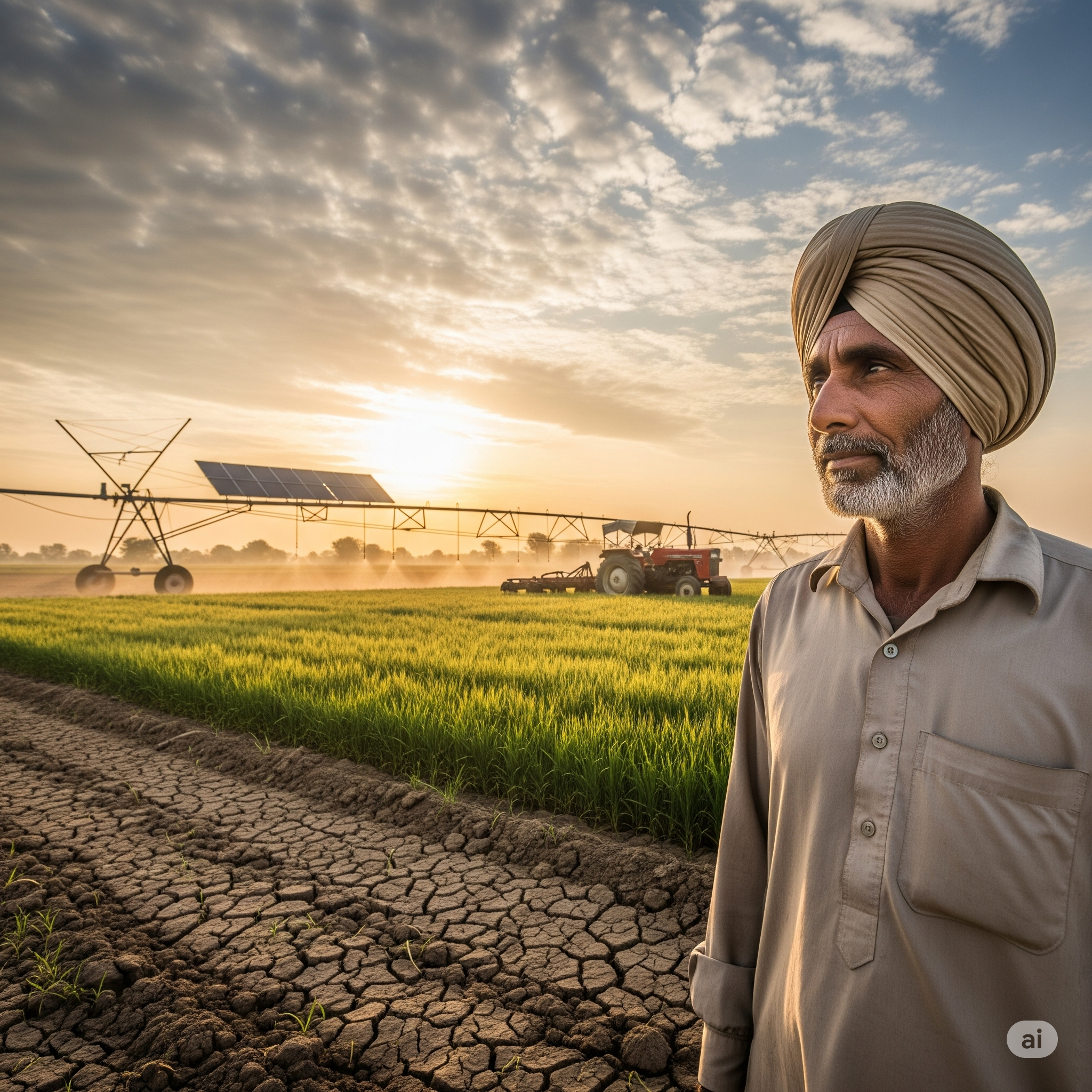
Punjab’s Political Challenges: Can It Revitalize Its Economy?
Key Metrics:
- Lok Sabha Seats: 13
- Rajya Sabha Seats: 7
- Population: Approximately 30 million (2025 estimate)
- GDP Contribution: ₹5.18 lakh crore (FY 2023-24)
- Urbanization Rate: 37.5%
- Major Economic Sectors: Agriculture, manufacturing, textiles, and IT services
Chandigarh, 2025 — Punjab, a state with a rich historical legacy and significant agricultural output, is currently grappling with a range of political challenges that impact its economic prospects. From demographic shifts and labor issues to political instability and fiscal deficits, these challenges pose substantial hurdles to economic revitalization. This article examines the political landscape of Punjab, the hurdles it faces, and the potential pathways to economic revitalization.
Overview of Political and Economic Challenges
- Political Instability
- Frequent Leadership Changes: Political volatility marked by frequent changes in leadership and shifting party alliances has led to inconsistent policies, affecting investor confidence and economic planning.
- Coalition Governments: The reliance on coalition governments has often resulted in compromised decision-making and policy paralysis, affecting large-scale economic initiatives.
- Economic Stagnation
- Agricultural Dependency: Despite being the “breadbasket of India,” the over-dependence on agriculture has limited economic diversification. Fluctuations in agricultural output due to environmental factors and international market prices have made economic growth unstable.
- Industrial Slowdown: Once a thriving industrial state, Punjab has seen a slowdown in its manufacturing sector, compounded by outdated infrastructure, power shortages, and labor migration.
Impact of Political Dynamics on Economic Policies
- Subsidy Culture and Fiscal Health
- Agrarian Subsidies: Extensive subsidies in electricity and water for agriculture, while politically popular, have led to fiscal deficits and underinvestment in other critical sectors like health and education.
- Debt Overhang: Punjab’s debt burden, one of the highest among Indian states, limits its government’s spending flexibility and has led to cuts in development expenditure.
- Policy Continuity and Governance Issues
- Short-term Measures vs. Long-term Goals: Political pressures often push governments to prioritize short-term relief measures over long-term economic reforms, hindering sustainable development.
- Corruption and Bureaucratic Inefficiency: Corruption and inefficiencies within the state bureaucracy further delay the implementation of economic policies and deter private investment.
Pathways to Economic Revitalization
- Economic Diversification and Innovation
- Promoting Non-Agricultural Sectors: Diversifying into IT, services, and light manufacturing could provide more stable employment opportunities and reduce economic volatility.
- Encouraging Startups and Innovation: Leveraging Punjab’s educated diaspora and existing educational institutions to foster a startup ecosystem could drive innovation and economic growth.
- Infrastructure Development and Regulatory Reforms
- Upgrading Infrastructure: Improving transportation, energy, and digital infrastructure could attract domestic and international investors.
- Regulatory Reforms: Streamlining business regulations and enhancing transparency could improve the business environment, encouraging both foreign and local investments.
Political Reforms and Social Stability
- Political Reforms
- Strengthening Institutions: Enhancing the independence and efficiency of institutions could improve governance and policy implementation.
- Electoral Reforms: Introducing reforms to reduce political corruption and ensure more stable governments could lead to more consistent economic policies.
- Addressing Social Issues
- Skill Development Programs: Aligning educational curricula with market needs and investing in vocational training could mitigate the issue of youth unemployment.
- Health and Welfare Schemes: Expanding health and social welfare programs could improve the overall quality of life, making the state more attractive for long-term investments.
Conclusion: The Road Ahead for Punjab
Punjab’s journey towards economic revitalization is intertwined with its ability to navigate its political challenges. By fostering political stability, encouraging economic diversification, and implementing structural reforms, Punjab has the potential to overcome its current hurdles and emerge as a vibrant economic hub. However, the success of these efforts will depend largely on the political will to implement and sustain necessary reforms.

